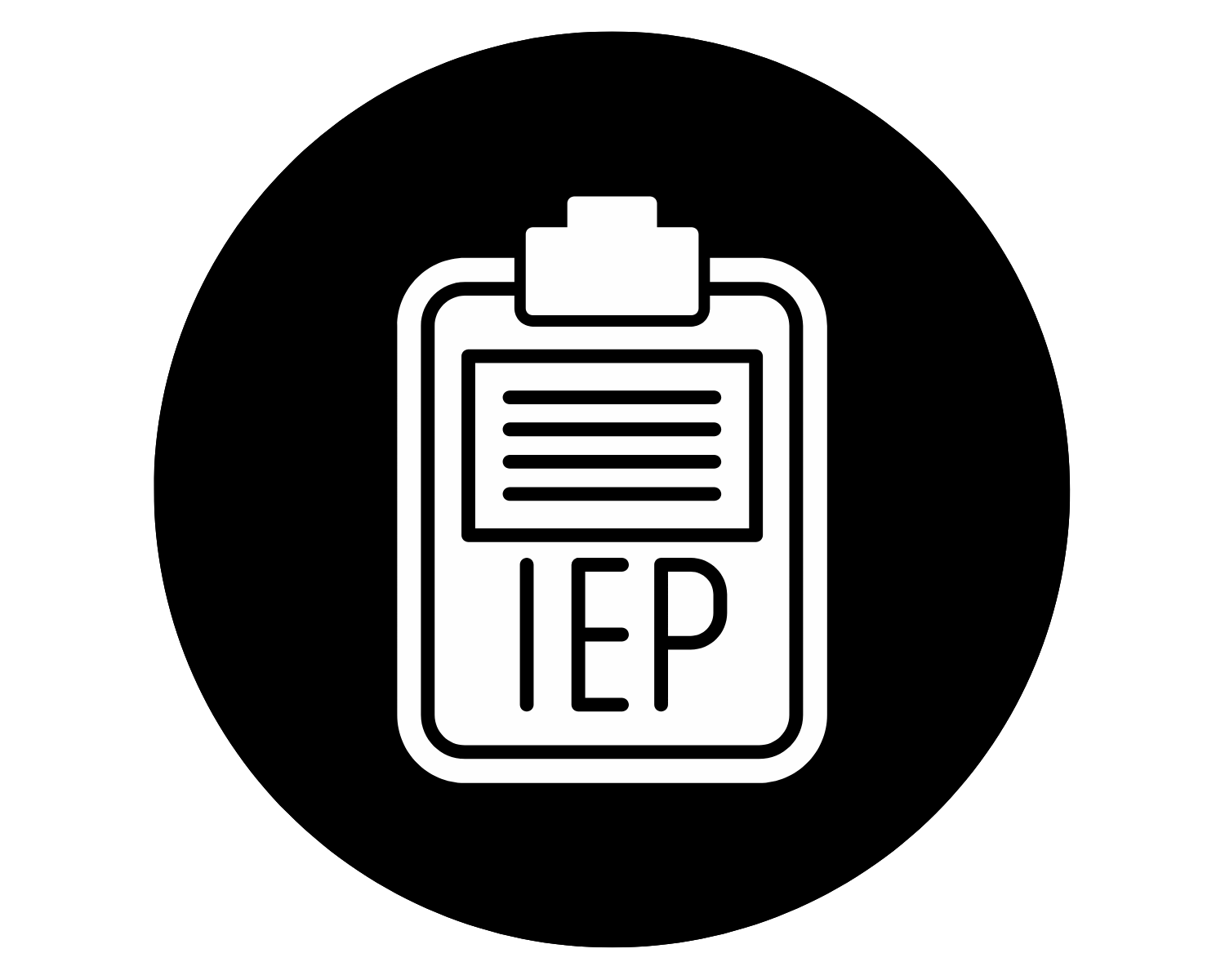
“AI for Educators: Prompts & Templates for IEPs, Reports, and MTSS”
“Trusted by educators | FERPA-aware workflows”
“Save 2–4 hours a week with FERPA-aware prompts, report templates, and ready-to-use intervention tools.”
The Fast, Safe Way to Use AI in Schools
Writing IEP goals takes hours → Copy-ready goal prompts with measurable language.
Reports balloon to 20+ pages → Narrative starters aligned to RIAS-2, WISC, BASC-3
MTSS notes are inconsistent → Progress-monitoring prompts + Google Sheets trackers.
Pick Your Role
SPED/IEP
1.Goals 2.PLEPs 3.Accommodations
Counselors
1.SEL check-ins 2.Small-group plans 3.Family communication
School Psych
1.Evaluation Summary 2.Observations 3.Recommendations
Teachers
1.Lesson planning prompts 2.Differentiation 3.Behavior supports
“I cut my IEP writing time in half using ThinkPrompting’s tools!”
“I cut my IEP writing time in half using ThinkPrompting’s tools!”
Start with These Guides
AI for IEPs
Write better goals, PLAAFPs, and accommodations—faster and FERPA-aware.
Measurable goal prompt patterns (SMART/ABC)
PLAAFP scaffolds by disability area
Redaction workflow + parent-friendly tone
AI for Psych Reports
Turn de-identified notes into clean, accurate narratives.
RIAS-2/WISC-5/BASC-3 narrative starters
Observation → finding → recommendation chain
Bias/style checklist for final polish
MTSS / RTI Intervention Prompts
Generate interventions and progress-monitoring notes in minutes.
Reading/writing/math prompts by tier
Behavior/SEL (FBA-aligned language)
Progress-note + graphing templates
How ThinkPrompting Works
Redact student info (checklist included)
Edit with our style & bias checklist
Paste into safe prompt patterns
Download the Free Starter Kit →
Inside: 25 measurable goal prompts, a parent-friendly wording guide, and a one-page redaction workflow so you can use AI safely. Download it free and save 30–60 minutes on your next IEP.
-
A: Yes—if you never include personally identifiable information (PII). Use de-identified profiles (no names, dates of birth, student IDs, addresses, exact dates, or unique descriptors). Keep identifiable data in your SIS/IEP system only, follow district policy, and review all AI output before it goes in the record.
-
A: Remove PII and swap specifics for general labels, e.g., “Grade 4 student with SLD-Reading.” Replace dates with ranges (“spring 2025”), locations with roles (“general education classroom”), and rare characteristics with typical descriptors. Template: “[Grade/age] student with [service/eligibility] shows [strengths] and [needs] in [contexts].”
-
A: Use AI for wording and structure (turning notes into clear, parent-friendly language). Do not paste raw scores with identifiers or any copyrighted test items. You are responsible for interpretation—verify accuracy against test manuals and your professional judgment before finalizing.
-
A: Use SMART/ABC framing with baselines and mastery criteria. Pattern:
“Given [supports], Student will [observable behavior] to [criterion/level] across [settings/conditions] as measured by [tool/method] by [date]. Baseline: [current level].” -
A: Add a brief transparency note, e.g., “Sections of this report were drafted with assistance from an AI writing tool using de-identified information. The evaluator reviewed, edited, and accepts responsibility for the final content.” Follow your district’s guidance on disclosure.
-
A: Keep a consistent structure: Target goal → Probe/task → Student performance (data) → Level of support → Brief analysis → Next step. Example: “Reading fluency: 72 WCPM @ 96% accuracy with visual cueing; trending toward monthly target; increase timed practice to 3×/week.”
-
A: You can still use our templates and prompt patterns offline to guide human drafting. If AI is allowed only through approved vendors, copy the de-identified prompt into the approved platform, then paste the draft back into your district’s system for editing.







